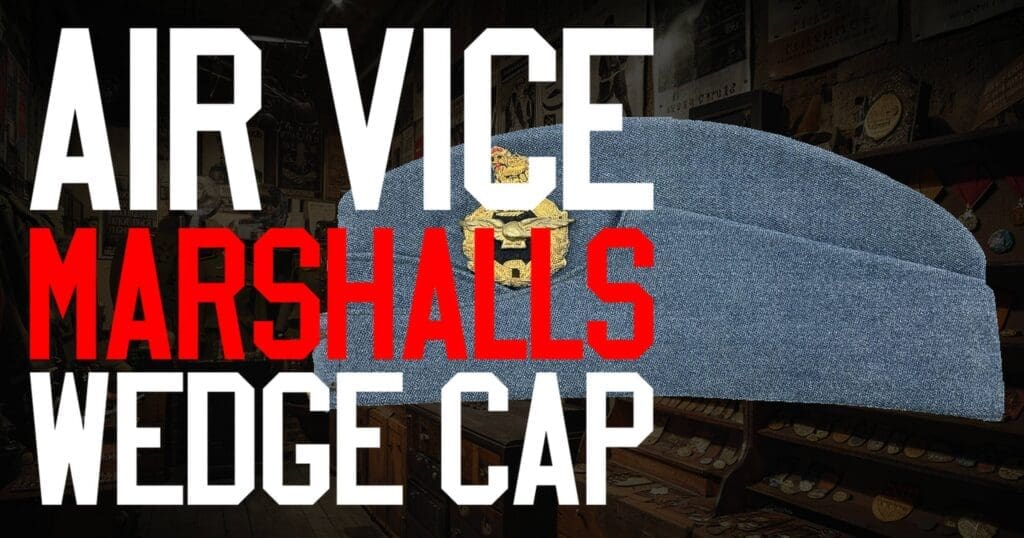The WW1 Canadian CEF 1st Machine Gun Corps Flashed Brodie Helmet Shell is more than just a piece of military gear; it’s a tangible link to the bravery and resilience of Canadian soldiers during the Great War. This iconic helmet, adorned with the distinctive insignia of the 1st Machine Gun Corps, serves as a powerful reminder of the harsh realities faced by those on the front lines. Its historical significance and unique design make it a coveted item for collectors and historians alike.
A Glimpse into the Past: Historical Background of the Brodie Helmet
Introduced in 1915, the Brodie helmet was a response to the devastating head injuries suffered by soldiers in the trenches. Named after its designer, John Leopold Brodie, this helmet was initially adopted by the British Army and soon after by the Canadian Expeditionary Force (CEF). Its simple yet effective design provided much-needed protection against shrapnel and debris. The helmet’s widespread use marked a significant advancement in military gear, showcasing the evolving nature of combat technology during World War I. By the end of the war, the Brodie helmet had become an iconic symbol of the Allied forces’ resilience and ingenuity.
Canadian Valor: The Historical Context of the 1st Machine Gun Corps
The 1st Machine Gun Corps of the Canadian Expeditionary Force played a crucial role in the success of Canadian operations during World War I. Formed to provide concentrated machine gun support, this unit was instrumental in both offensive and defensive operations. Their presence on the battlefield significantly enhanced the firepower and tactical capabilities of the Canadian forces. The distinctive flash insignia on their Brodie helmets signified their elite status and specialized role within the military hierarchy. The Corps’ contributions were pivotal in key battles, leaving a lasting legacy of Canadian bravery and strategic innovation.
Crafting Protection: The Construction and Design of the Brodie Helmet
The Brodie helmet was crafted from a single piece of steel, making it both durable and relatively easy to produce. Its bowl-shaped design provided extensive coverage, protecting soldiers from shrapnel and overhead threats. The helmet featured a simple liner and chinstrap system, ensuring a secure fit during the chaos of battle. The addition of the 1st Machine Gun Corps flash insignia added a layer of identification and pride for the soldiers wearing it. Despite its simplicity, the Brodie helmet was a significant improvement over previous headgear, offering a balance of protection and practicality.
Innovative Defense: Historical Perspective on the Helmet’s Development
The development of the Brodie helmet marked a pivotal moment in military history, reflecting the urgent need for improved soldier protection during World War I. Prior to its introduction, soldiers were highly vulnerable to head injuries from shrapnel and debris. The Brodie helmet’s design was revolutionary, providing a cost-effective solution that could be mass-produced to meet the demands of modern warfare. Its adoption by the Canadian forces underscored the shared challenges faced by Allied troops and the collaborative efforts to enhance soldier safety. The helmet’s success paved the way for future advancements in military protective gear.
On the Front Lines: Historical Usage and Applications
The Brodie helmet was widely used by Canadian soldiers in various theaters of World War I, from the muddy trenches of the Western Front to the harsh conditions of Gallipoli. Its design proved effective in protecting against the constant threat of artillery bombardments. The helmet’s distinctive flash insignia of the 1st Machine Gun Corps signified the wearer’s role in providing critical machine gun support. This elite unit’s presence was often a game-changer in key battles, offering superior firepower and tactical advantages. The helmet not only served as a protective measure but also as a symbol of the Corps’ esteemed position within the military.
Preserving History: Collectibility and Value
The WW1 Canadian CEF 1st Machine Gun Corps Flashed Brodie Helmet Shell is highly sought after by collectors and military historians. Its unique insignia and historical significance make it a prized artifact. Authentic helmets in good condition can command high prices at auctions and among private collectors. The helmet’s value is further enhanced by its connection to the storied legacy of the Canadian Expeditionary Force. For collectors, owning such a piece is not just about possessing a relic, but about preserving a tangible piece of history that tells the story of courage and innovation.
Key Takeaways: The Significance of the WW1 Canadian CEF 1st Machine Gun Corps Flashed Brodie Helmet Shell
- The Brodie helmet was introduced in 1915 to protect soldiers from shrapnel and debris.
- It was adopted by the Canadian Expeditionary Force and widely used during World War I.
- The 1st Machine Gun Corps played a critical role in enhancing Canadian military operations.
- The helmet’s construction from a single piece of steel ensured durability and protection.
- The flash insignia signified the elite status of the 1st Machine Gun Corps.
- Its development marked a significant advancement in military protective gear.
- Today, these helmets are highly collectible and valued for their historical significance.
Echoes of Valor: The Enduring Legacy of the Brodie Helmet
The WW1 Canadian CEF 1st Machine Gun Corps Flashed Brodie Helmet Shell stands as a testament to the bravery and innovation of Canadian soldiers during World War I. Its distinctive design and historical significance offer a window into the past, highlighting the evolution of military technology and the enduring spirit of those who served. Collectors and historians alike cherish this artifact for its ability to connect us with a pivotal moment in history.





